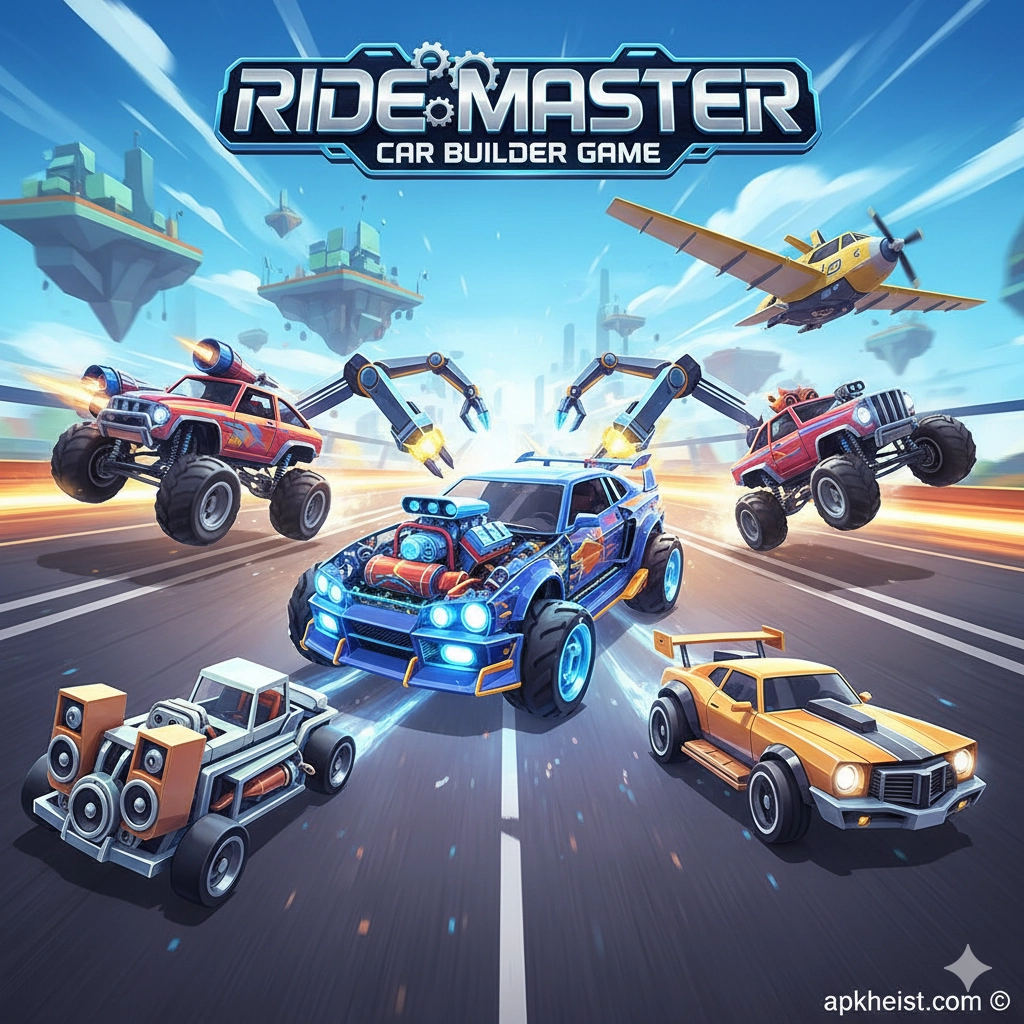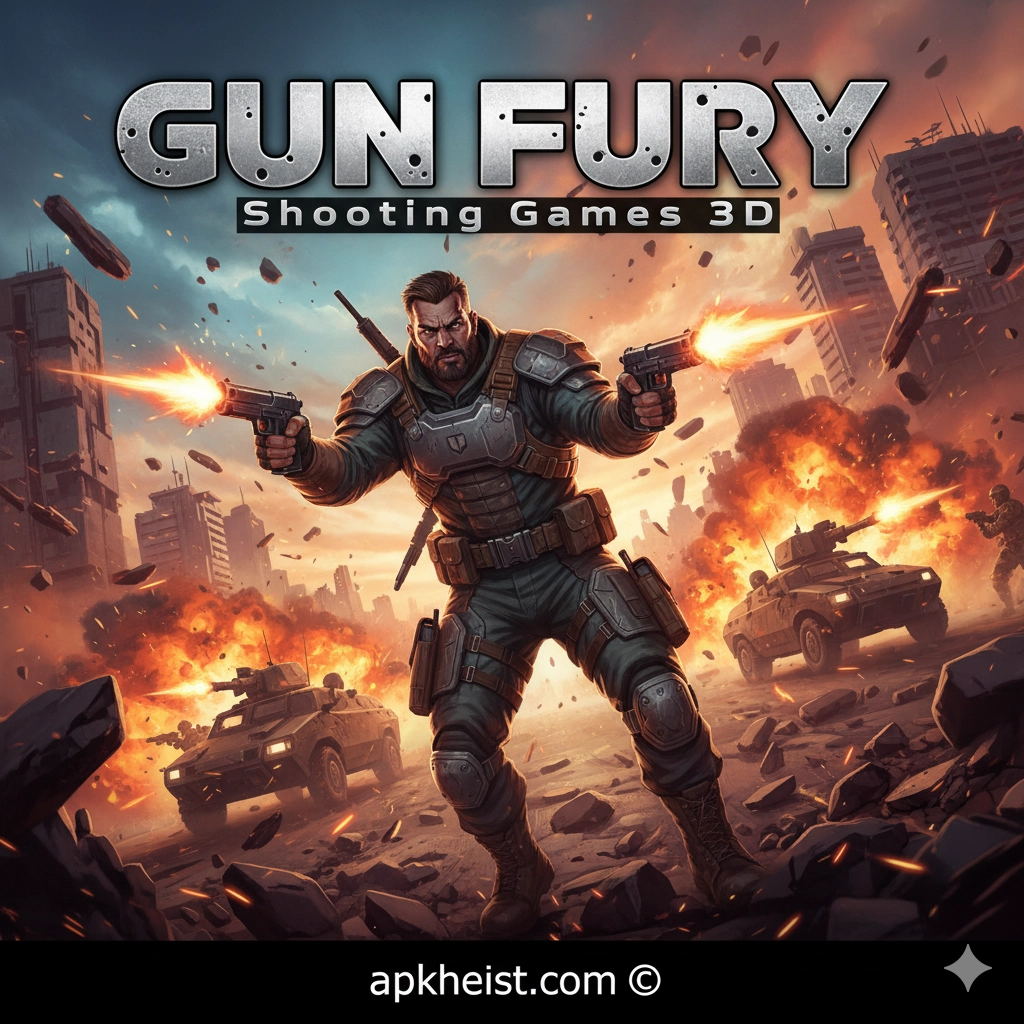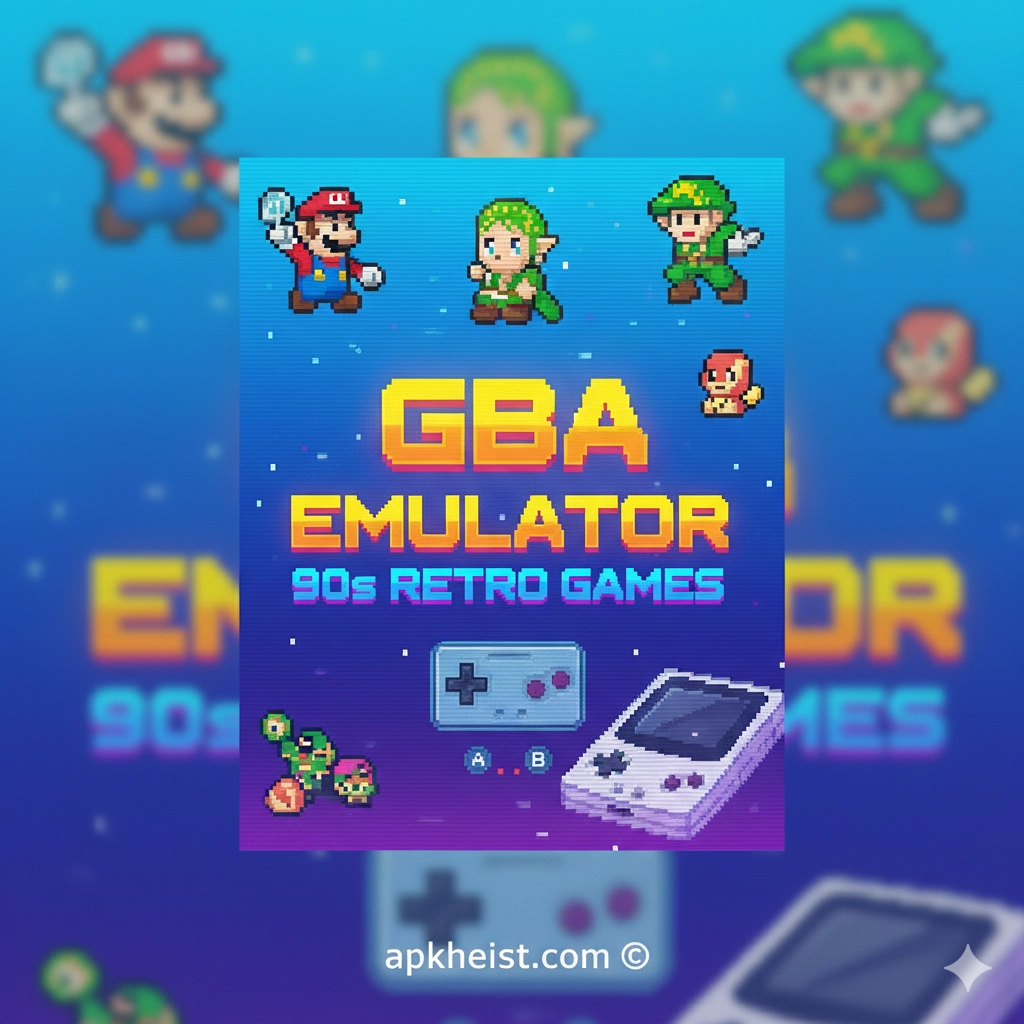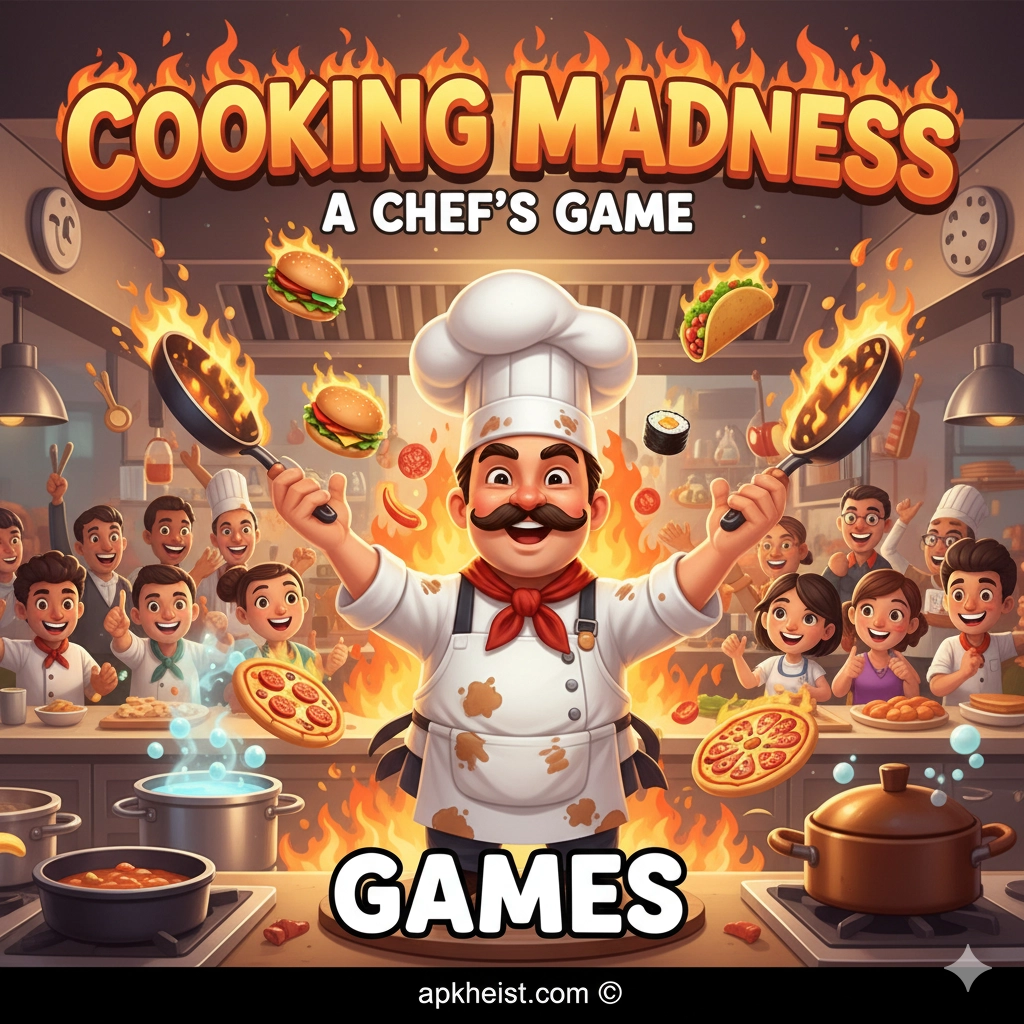Long Intro: The Connections Game has quickly become a favorite among word-puzzle enthusiasts thanks to its simple rules yet surprisingly complex solutions. Each round presents sixteen words, and your goal is to divide them into four groups based on subtle connections—sometimes obvious, sometimes tricky, and sometimes deceptively simple. The more you play, the better you get at spotting unusual word associations, cultural references, synonyms, themes, and unexpected linguistic wordplay. Because each level is different every day, the game keeps your mind sharp and makes for a fun daily ritual. If you enjoy other puzzle-heavy mobile categories, you might also appreciate exploring related genres such as Puzzle, Casual, Strategy, Word, or even Educational titles that help improve logic and vocabulary.
Contents
1. How Connections Game Works — A simple breakdown of the mechanics.
2. Why People Love Playing Connections — The psychology behind its appeal.
3. Common Types of Word Connections — Themes you’ll encounter often.
4. Tips for Spotting Hidden Links — Improve accuracy and speed.
5. How Connections Compares to Other Word Games — Strengths and differences.
1. How Connections Game Works
The Connections Game presents you with a grid of sixteen words. Your mission is to group them into four categories of four words each based on a shared theme. The challenge lies in identifying the correct connections before making too many mistakes. Some themes are clear—like colors, animals, or movie genres—while others are cleverly disguised behind idioms, homophones, cultural references, or slang. The game often includes “trap words” that could fit multiple groups, forcing the player to think carefully before selecting a set. This blend of straightforward reasoning and mental flexibility makes Connections enjoyable for both casual players and word-game veterans.
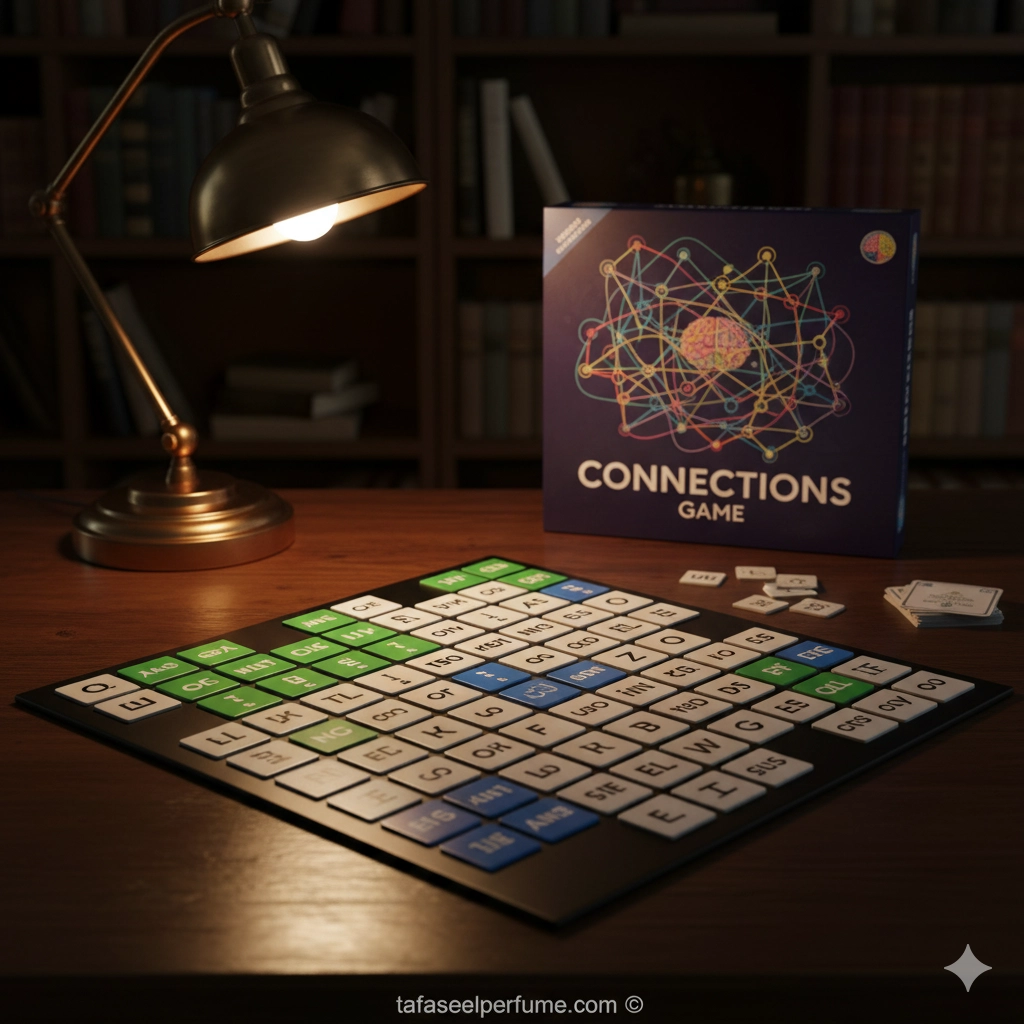
2. Why People Love Playing Connections
Connections taps into a deeply satisfying part of human cognition: pattern recognition. When you identify the missing link between a set of words, you get a quick burst of mental reward. The game also offers a perfect balance of simplicity and complexity—the rules are easy to understand, but the puzzles often require creative thinking. It’s also social; many players enjoy comparing results with friends or sharing their triumphs and frustrations online. The daily puzzle format creates a ritual, similar to crossword or sudoku traditions. Because each puzzle is unique, the experience stays fresh and unpredictable, motivating players to return every day.
3. Common Types of Word Connections
Over time, you’ll start recognizing the game’s most frequent themes. These include synonyms, related objects, pop-culture groups, word forms, grammar categories, famous names, and phrases where the words can follow or precede a specific term. Some puzzles rely on sound rather than spelling—like homophones—while others may reference holidays, sports, music, or even board-game terminology, making them feel like tiny vocabulary adventures. Sometimes the connection is extremely literal, and sometimes it’s an unexpected twist. Playing regularly helps you build a mental library of possible categories, increasing your success rate.
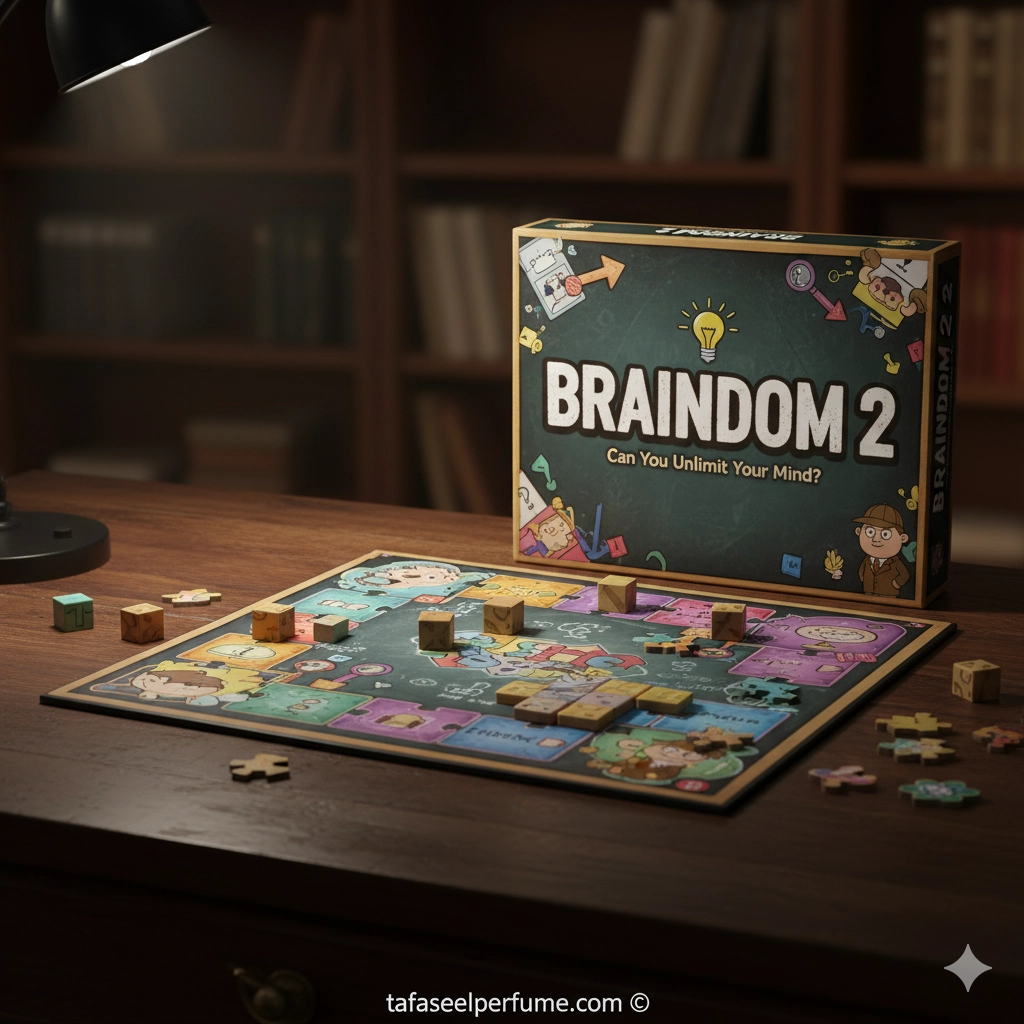
4. Tips for Spotting Hidden Links
Start by scanning the entire grid and identifying obvious pairs—words that clearly belong together. Next, look for less common linguistic features, such as rhyming, shared prefixes, or interchangeable usage in phrases. When stuck, try grouping words loosely by theme, then narrowing them down. Avoid committing too early; trap words frequently mislead players. Rearranging the list mentally or aloud can also help reveal relationships. If a category seems too easy, double-check to ensure it isn’t a decoy for a more difficult hidden theme. Over time, your instinct for spotting odd or unusual word pairings will strengthen.
5. How Connections Compares to Other Word Games
Unlike traditional word games like crosswords or Wordle, Connections centers on association rather than deduction or spelling. It rewards flexible thinking instead of factual knowledge. For players who enjoy brain-training apps or puzzle categories such as Puzzle or Word, Connections offers a fresh twist because the challenge changes every day and never repeats. It’s uniquely accessible—no timer, no rush—and relies heavily on intuition. This makes it appealing to both casual users and serious word-game strategists looking for a daily challenge.
FAQs
FAQ 1: Is the Connections Game free to play?
Yes, most versions of the Connections Game are free, especially web-based ones. Some mobile apps may include ads or optional upgrades, but the core experience is usually available at no cost.
FAQ 2: How difficult are the daily puzzles?
Difficulty varies, but most puzzles mix easy and challenging groups. The trickiest part is avoiding trap words that appear to fit multiple categories. With practice, you’ll recognize patterns more quickly.
FAQ 3: Can kids play Connections?
Yes—many puzzles are kid-friendly, though some themes may rely on pop-culture or advanced vocabulary. Children who enjoy word games, Educational puzzles, or trivia-style challenges often find Connections both fun and mentally stimulating.
FAQ 4: Are there strategies for guaranteed wins?
No strategy guarantees success, but systematic grouping, elimination, and careful reading greatly increase accuracy. Developing familiarity with common puzzle themes also provides a strong advantage.
FAQ 5: How is Connections different from Wordle?
Wordle focuses on guessing a single hidden word using logic and deduction, while Connections challenges players to find relationships among several words. Connections emphasizes associative thinking rather than letter-based reasoning.

